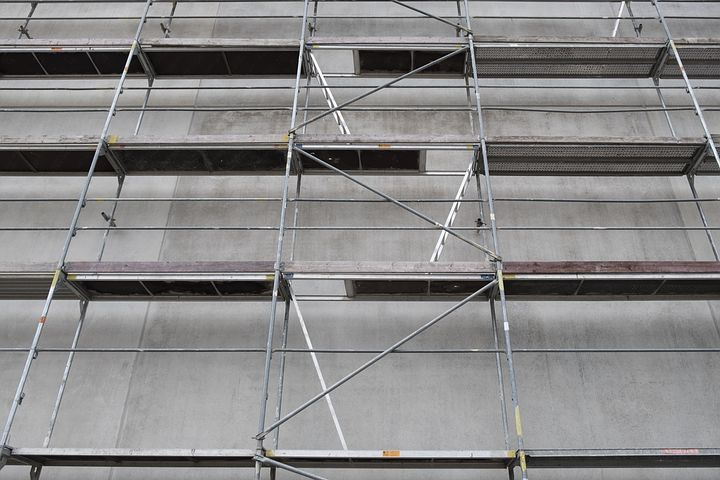Construction workers, builders, carpenters and local labourers cannot execute their project on time and on budget without the assistance of scaffoldings.
These erected structures underpin all of the hard work and endeavour exuded by these professional bodies, allowing them to maneuver in tight spaces and across great heights with a freedom of movement that would not be possible without them.
However, there are inherent dangers that are evident with these items.
This is where each worker and their management team must adhere to a process and consciously acknowledge where hazards are present.
So what are these hazards and how can these teams be proactive to ensure against accidents?
Here we will examine this topic in more detail.
Poor Training Regime
Before any worker can step foot in a working environment that features scaffoldings, they must have been put through a comprehensive training regime to be considered a certified professional. No matter if the individual is contracted with a government department or local council to a large scale or small private organisation, the same principles apply for labourers, carpenters and builders who are entering these environments. They have to be updated on protocols and procedures, what takes place when they see a hazard, who to contact, what actions should be taken, what equipment to utilise and what precautions they can take prior to arrival. This comprehensive education module is mandatory.
Lack of Inspections and Maintenance Measures
Prior to each shift taking place, scaffoldings must be inspected by a certified professional to gauge the methods and condition of the construction. From the weights and load bearing to the placement and support networks that have been erected, each component must be taken into consideration to pass the basic test for suitability. The workplace becomes incredibly dangerous when there is a lack of inspections and these maintenance measures are overlooked in favour of a fast tracked development project.
Poorly Constructed/Weak Planks

The planks that are established with scaffoldings underpin the entire strength or weakness of the construction. When they are not secure to leave gaps or boards that are unsupported, there is every chance that a professional won’t be able to read the risk in real time and suffer a fall. The loading consideration remains one of the key metrics that must be assessed by those inspectors and developers on the ground, as heavy equipment or personnel traffic can overwhelm a flimsy structure.
Items and Waste Left Loitering on Premises
From debris and waste to heavy equipment including hammers, saws and toolboxes, scaffoldings become increasingly dangerous when there are items left to loiter on premises. Especially if they happen to be left sitting on the scaffold structure from a great height, it does not take much for these items to suddenly shift and propel themselves downwards. These missiles can be fatal, even with a protective helmet being worn.
Close Proximity to Exposed Wiring

Whilst falls form workers and accidents from falling debris are the most common form of incidents that occur with scaffoldings, examples of electrocution are continuing on sites across Australia. This is due to these structures being constructed and situated in close proximity to exposed electrical wiring, placing professionals directly in harms way. Extra precautions must take place on sites that could expose professionals to wiring.
Summary
There is no one profile in the category of scaffoldings that are safeguarded or foolproof from these inherent dangers. From the Trestle to single or double models, the Cantilever, Kwikstage, steel or suspended scaffolds that offer additional movement and flexibility for the user, these issues are omnipresent. What has to be considered are the education protocols and inspection measures that can be instigated to ensure that the team on the ground are making a conscious effort to mitigate the risks.
